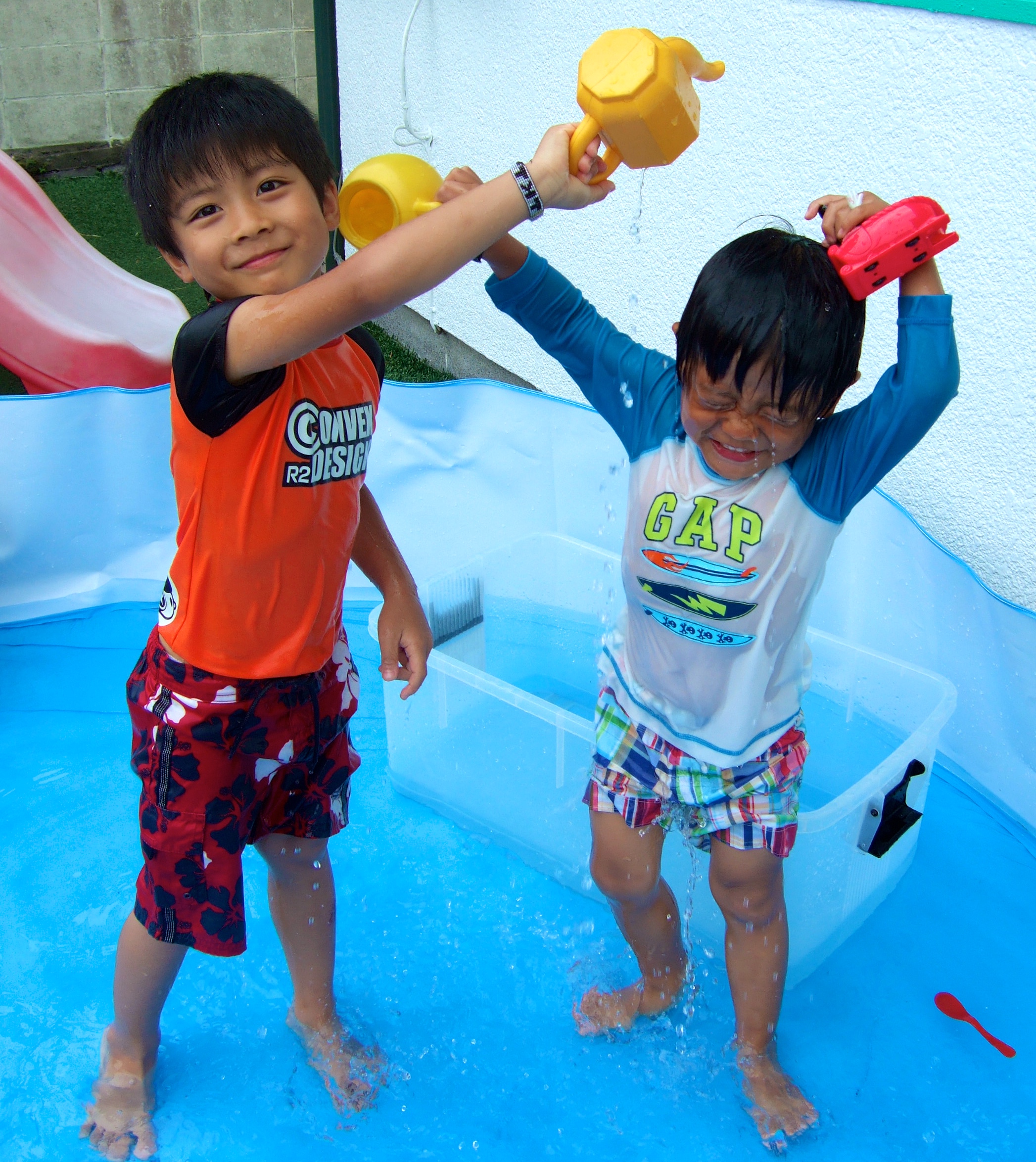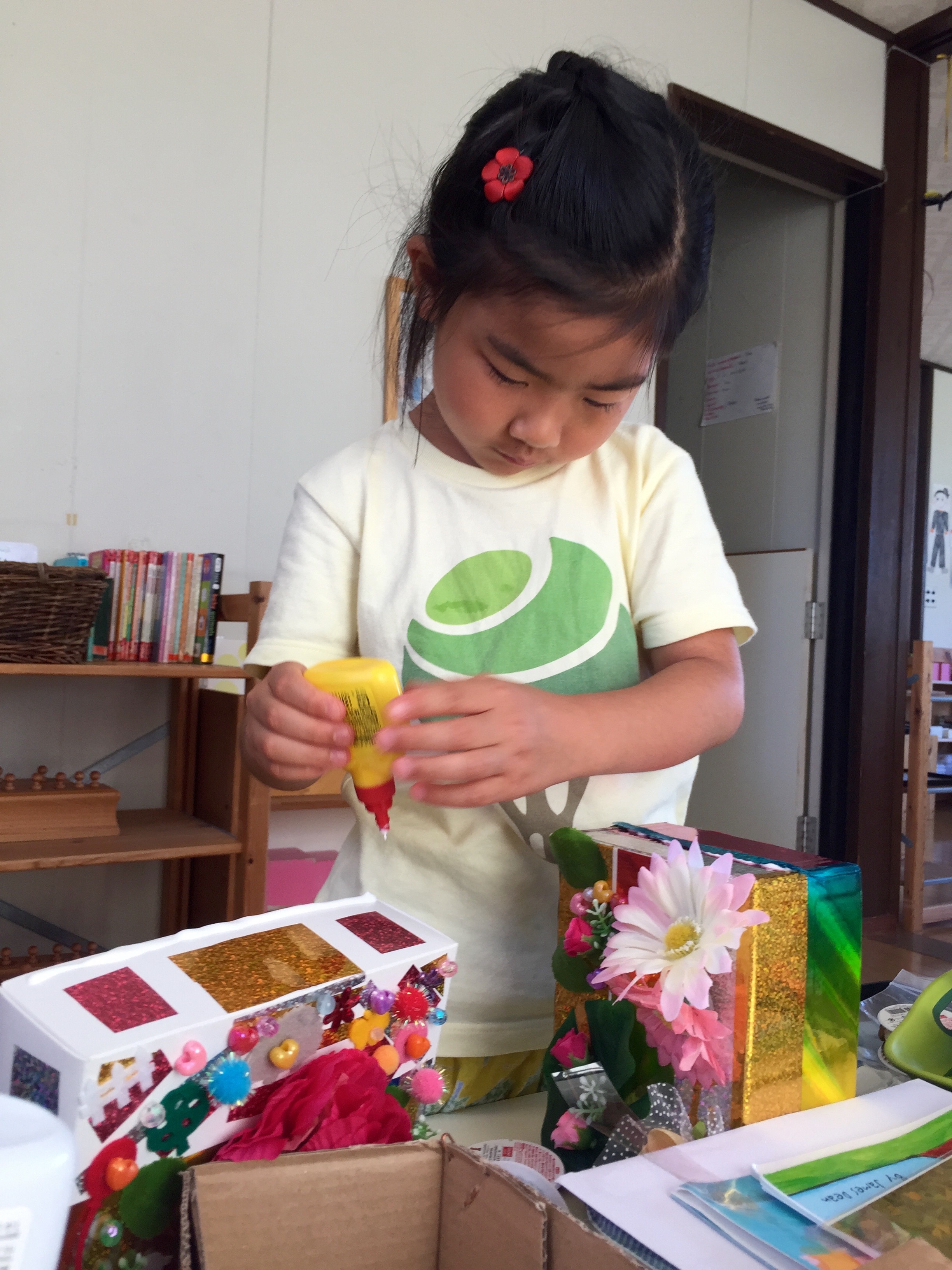
















About Us
Jenny Vyvial - Head of School
Jenny Vyvial
Jenny has been working with children for more than 20 years. She was drawn to the Montessori method because it was about much more than education, it worked from the core of the children, allowing them to explore, learn and grow as unique individuals.
She became a certified Montessori teacher in the year 2000 and opened what became Treehouse Montessori School the year after. The school offered the first intimate, hands-on Montessori experience for children in the Yokohama area. Now entering its 15th year, Treehouse provides the highest quality English learning environment for children of all nationalities. Jenny is proud to be leading the Montessori movement in Japan and is looking forward to working with your child.
The Montessori Philosophy
The Montessori Method of Education is developed by Italy’s first female physician named Dr. Maria Montessori in the early 1900’s. She became a world-renowned educator who developed an approach to education that is based on the child’s natural desire to learn combined with a basic respect for the individual child.
The main idea behind Montessori education is not easy to explain or absorb at first. It may be difficult for many of us to grasp the concept of a Montessori philosophy of “following“ the child through his development when many of us were brought up to follow those “older and wiser” than ourselves. Montessori believed that the child was the one who should be leading and that there were many things for us as adults to learn by simply “observing” them grow in their natural environment.
The Montessori Method of Education encourages children to educate themselves. The child should be motivated from within by a natural curiosity and love for knowledge. The goal of early childhood education should not be to fill the child with facts from a pre-selected course of studies, but rather to cultivate his or her own natural desire to learn.
The Montessori method believes that children learn best by using their senses. Dr. Montessori often said "the hand is the chief teacher of the child." By manipulating materials the children to able to absorb the concept by using their own tactile senses. In order to learn they must concentrate; the best way to do this is to fix their attention on some task they are performing with their hands, and this task must come from their own choice rather than by being forced. Further, it is not only “touch” that Montessori materials focus on. Sight, sound, taste and smell are all integral parts to a Montessori environment.
Dr. Maria Montessori discovered that during a child’s development he or she passes through certain “sensitive periods.” Sensitive periods can be defined as a certain time that a child absorbs material at a more intense rate than other times during his development. It is easier for the child to learn a particular skill during the corresponding sensitive period than at any other time in his or her life. The Montessori classroom takes advantage of this fact by allowing children freedom of movement and choice of activities which correspond to their own periods of interest.
The Montessori classroom is a prepared environment enriched with a wide variety of materials and their many uses. It is prepared in such a way to accommodate different abilities coming from mixed age groups. Within a Montessori classroom you will find five major areas: Practical Life Exercises, Sensorial, Language, Math and Culture.
Practical Life Exercises
Practical Life Exercises play an important part of the Montessori program. Although most of the activities may seem simple and commonplace, each of the materials is designed to perfect the child's coordination, develop concentration, and foster independence. These activities are designed to develop their ability to care for themselves as well as their environment. Children will learn how to tie, button and zip using specially made frames. They will also learn how to pour themselves a glass of water by using beads or rice at first. Children will learn everything from using a broom to washing their hands. Fine motor skills are also developed from these materials.
Sensorial
The Sensorial area of the classroom contains specially designed materials to stimulate the development of the senses. Rough and smooth tablets, smelling bottles, graduated cylinders and sound boxes are all used the develop five senses. This area is also a pre-cursor to writing as the child is asked to hold materials by a small knob between their finger and thumb, which prepare the muscles for holding a pencil for writing.
Language
The Language area is rich with materials that help to prepare the child for reading and writing. Sandpaper letters follow the concept of the “hand feeding the mind” by encouraging the child to “feel” the shape of the letter and hear the sound the letter makes. Objects and picture cards are used to build words by using the Movable Alphabet which eventually enables the child to be able to write them down on paper. This prepares the child for constructing and writing full words.
Mathematics
Mathematics is also deeply connected with sensory experience. Dr. Montessori designed concrete materials to represent quantities in numbers. Later, by combining these materials, separating them, sharing them, counting them and comparing them, the child can intuitively grasp the basic operations of arithmetic. These activities give them the satisfaction of learning by discovery rather than being told. Eventually, they will develop an early enthusiasm for the world of numbers.
Culture
Some of the activities found in the Culture area include learning about land, water, and air, scientific concepts such as magnetic and non-magnetic properties, geological and water formations, puzzle maps, botany and history. Children also learn about the planets and astronomy. All of these concepts are grounded in concrete activities that make the ideas approachable for even the younger children.
The Montessori Kindergarten - A Child Centered Community
A Montessori Kindergarten is made up of children of mixed age groups. Usually three different ages stay in one class and have the same teacher throughout. This mixed-age grouping of children corresponds to Dr. Montessori’s theory of child development which is based on three year cycles.
In the multi-age setting, children learn from each other and also because of each other. Younger children get a chance to look ahead and see what is coming next by watching the older children. Older children have the opportunity to reinforce their knowledge by sharing it with the younger peers. Because of their constant interaction, they learn to take responsibility for themselves and for each other. They also learn to get along with different people, to respect each other’s work and work space, and to treat each other with courtesy and dignity.
In addition to being a child-centered community, the Montessori classroom is a “prepared environment”. This prepared environment is Dr. Montessori’s concept that the environment can be designed to facilitate maximum independent learning and exploration by the child.
The prepared environment respects and protects the children's rhythm of life. It is a calm, ordered space constructed to meet their needs and match their scale of activity. Here, they experience a blend of freedom and discipline in a place specially designed for their development and growth.
Maria Montessori wrote in her book
“The study of child psychology in the first years of life opens to our eyes such wonders that no one seeing them with understanding can fail to be deeply stirred.Our work as adults does not consist in teaching, but in helping the infant mind in its work of development."
At Treehouse Montessori School we bring this powerful philosophy to life.













